SCOTUS Rules Andy Warhol’s Prince Portraits Are Not Fair Use
The IP Law Blog
MAY 25, 2023
In a 7-2 decision, the high court sided with Goldsmith’s argument that Warhol’s “Orange Prince” constituted an infringing derivative work of her copyrighted photograph. However, the majority rejected this argument, stating that the new expression alone did not determine the purpose or character of the copying use.

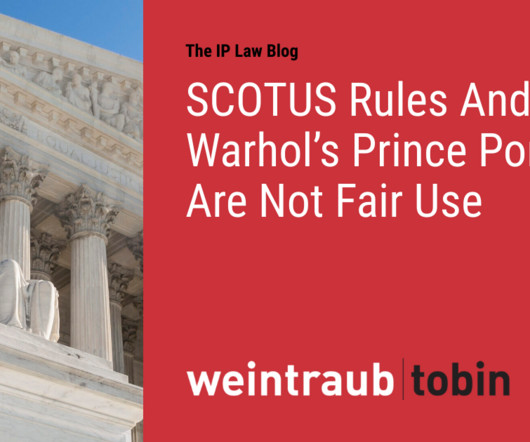

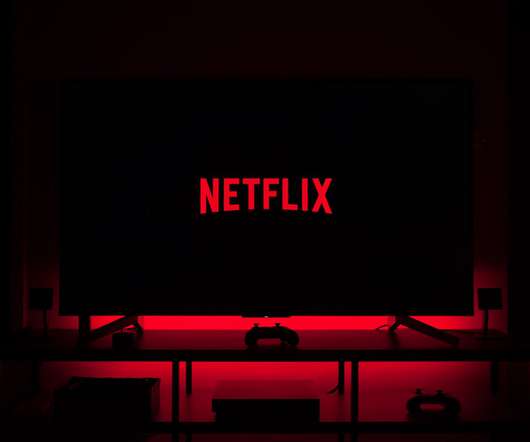
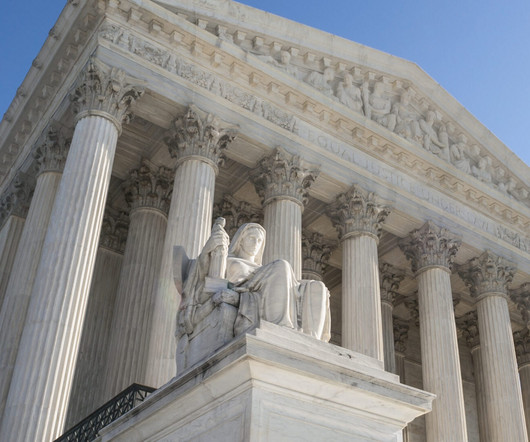
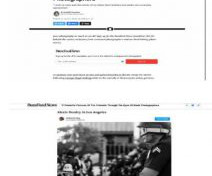



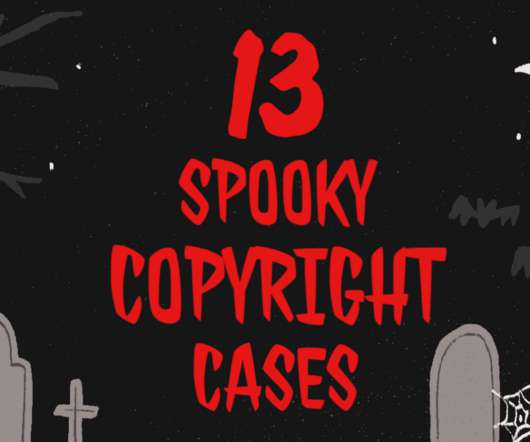







Let's personalize your content